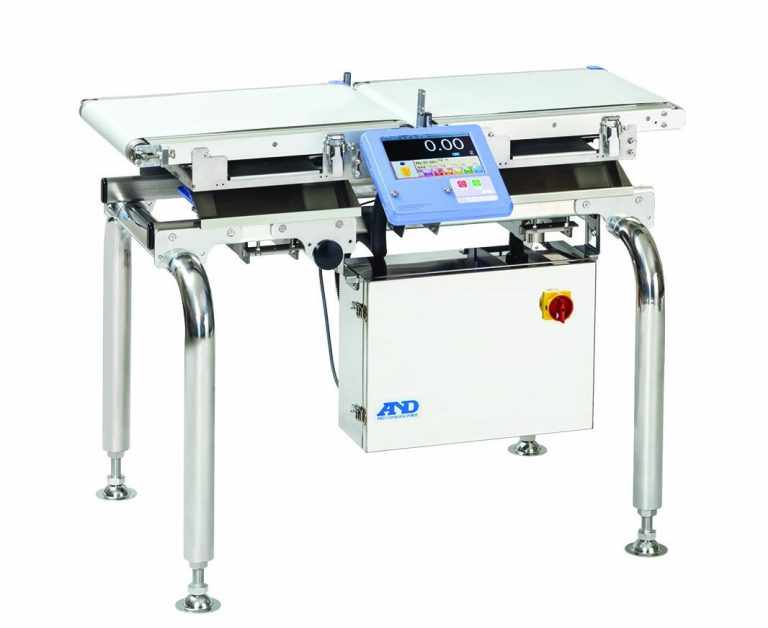
Food Metal detection has fascinated diverse groups of people for decades ensuring public safety. The technology behind metal detectors continues to evolve, offering more advanced features and greater accuracy. A fundamental aspect that significantly impacts the performance of these devices is the choice between single-frequency and multi-frequency food metal detectors.
Understanding Single Frequency vs. Multi-Frequency Technology
Single Frequency Metal Detectors
Single-frequency food metal detectors operate using a single, fixed frequency to generate an electromagnetic field. When this field interacts with a metallic object, it induces an electromagnetic response, which the detector then processes to identify the presence of metal. The frequency can be adjusted, but it remains constant during operation.
Multi-Frequency Metal Detectors
Multi-frequency food metal detectors, on the other hand, emit multiple frequencies simultaneously or sequentially. This approach allows the detector to analyze the electromagnetic responses across various frequencies, providing a more comprehensive understanding of the detected object.
Advantages and Disadvantages of Single Frequency
Advantages
Cost-Effective: Single-frequency metal detectors are generally less expensive, making them a popular choice among hobbyists and beginners.
Simplicity: These detectors are easier to use and require less technical knowledge to operate effectively.
Battery Efficiency: Single-frequency detectors tend to consume less power, extending battery life.
Disadvantages
Limited Depth Penetration: Single-frequency detectors may struggle to detect deeper objects, especially in mineralized soils.
Sensitivity to Ground Conditions: Performance can be significantly affected by ground mineralization and electrical interference.
Narrow Detection Range: The fixed frequency limits the detector's ability to identify different types of metals accurately.
Advantages and Disadvantages of Multi-Frequency
Advantages
Enhanced Depth Capability: Multi-frequency detectors can penetrate deeper into the ground, making them ideal for finding deeply buried objects.
Better Ground Balance: These detectors adapt better to varying ground conditions, including highly mineralized soils and wet sands.
Versatile Metal Identification: By analysing multiple frequencies, these detectors can more accurately distinguish between different types of metals.
Disadvantages
Higher Cost: The advanced technology in multi-frequency detectors comes at a premium, making them more expensive than single-frequency models.
Complexity: The added features and settings can make these detectors more challenging to operate, especially for beginners.
Increased Power Consumption: Running multiple frequencies simultaneously can drain batteries faster.
Applications and Best Uses for Each Technology
Single Frequency
Hobbyists: Ideal for those just starting out in metal detection or those with a limited budget.
Coin Shooting: Effective for finding coins and small jewelry in parks and beaches.
General Relic Hunting: Suitable for detecting relics and artifacts in non-mineralized soils.
Multi-Frequency
Archaeologists: Perfect for professional use in varied and challenging terrains.
Beach Detecting: Excels in wet and salty environments where single-frequency detectors often fail.
Security Professionals: Used in high-stakes environments like airports and public events for accurate identification of a wide range of metallic objects.
Comparison of Performance in Different Environments
Mineralized Soils
Single Frequency: May experience false signals and reduced accuracy.
Multi-Frequency: Offers better discrimination and stability.
Wet and Salty Areas
Single Frequency: Struggles with false positives and unstable readings.
Multi-Frequency: Performs reliably with minimal interference.
Urban Areas with Electrical Interference
Single Frequency: Prone to noise from nearby electronic devices.
Multi-Frequency: Adapts more effectively to mitigate interference.
Future Innovations in Metal Detection
The future of metal detection is poised for exciting advancements. Innovations in AI and machine learning are expected to further enhance the capabilities of both single and multi-frequency detectors. Future models may offer:
Automated Target Identification: Utilizing AI to provide real-time analysis and classification of detected objects.
Enhanced Battery Life: New power management technologies to extend operational hours.
Improved User Interfaces: More intuitive and user-friendly controls to simplify operation.
Conclusion
Choosing between single-frequency and multi-frequency metal detectors ultimately depends on your specific needs, budget, and level of experience. While single-frequency detectors offer simplicity and affordability, multi-frequency models provide superior performance in diverse and challenging environments.



Write a comment ...